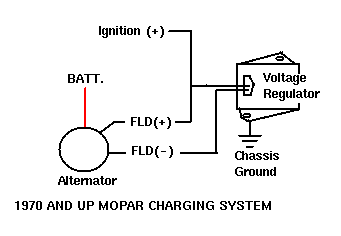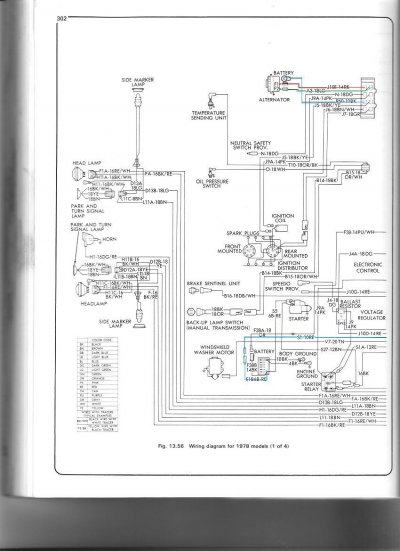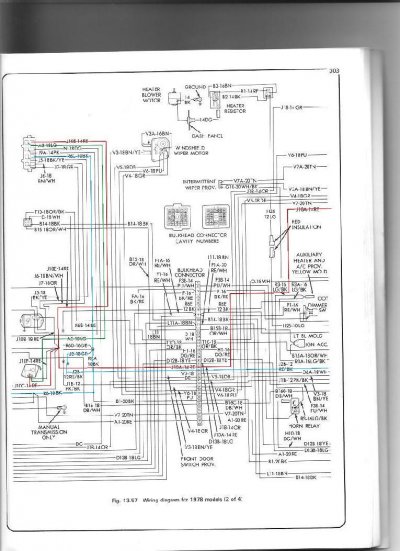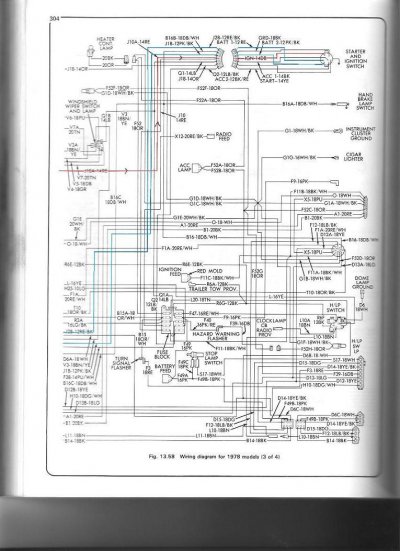bainer1290
Well-known member
- Joined
- Dec 2, 2007
- Posts
- 61
The engine battery is about a year old, its a sealed unit also.
Alsight so I was going to try to test the voltage coming directly out of the alternator but is it really difficult to get the voltmeter probe in there cause there is no space so I wasn't able to do that. But I did find that there are two other wires that connect to the alternator a red a green one and they looked pretty corroded and the connectors were really loose. So I put new ends on them and fired it up crossing my fingers, but the same thing...
It seems that the red and green wire contol the voltage as it is the same color wires that come off the regulator, but I couldn't trace them cause they were in a big bundle of wires that I will have to unwrap another day.
I also traced the charging wire that comes off the back of the alternator to the battery isolator and it looked to be in good shape so I doubt that if I measured the voltage at the alternator output compared to at the isolator I would see any difference.
So I pulled out the alternator and I will take it to the parts store to get it tested tomorrow and post the results. Hopefully it is faultya nd then I can just get a replacement and everything will be good.
Alsight so I was going to try to test the voltage coming directly out of the alternator but is it really difficult to get the voltmeter probe in there cause there is no space so I wasn't able to do that. But I did find that there are two other wires that connect to the alternator a red a green one and they looked pretty corroded and the connectors were really loose. So I put new ends on them and fired it up crossing my fingers, but the same thing...
It seems that the red and green wire contol the voltage as it is the same color wires that come off the regulator, but I couldn't trace them cause they were in a big bundle of wires that I will have to unwrap another day.
I also traced the charging wire that comes off the back of the alternator to the battery isolator and it looked to be in good shape so I doubt that if I measured the voltage at the alternator output compared to at the isolator I would see any difference.
So I pulled out the alternator and I will take it to the parts store to get it tested tomorrow and post the results. Hopefully it is faultya nd then I can just get a replacement and everything will be good.




